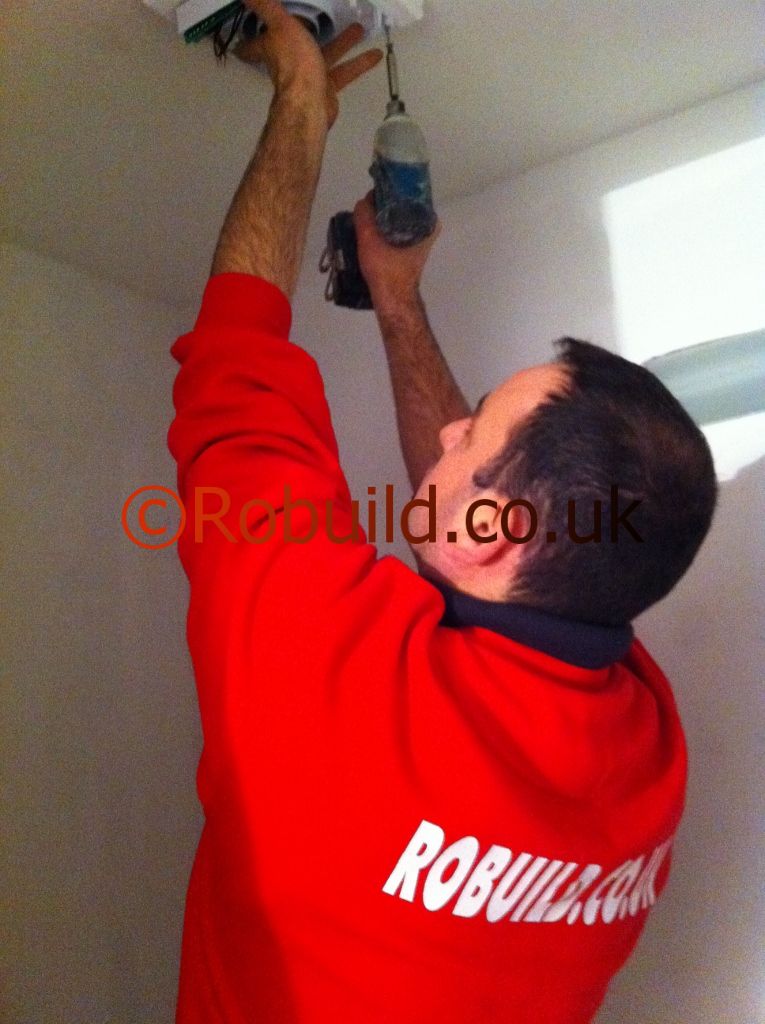Fluorescent tubes are often considered boring, dazzling and useful only for garages. This need not necessarily be the case. They can have many effective and efficient uses in the home and are always worth considering because of their cheapness to run. The slightly chilling effect they sometimes have can be eliminated by using one of the warmer shades such as ‘De luxe warm white’. ‘Warm white’ provides a high light output (measured in lumens per 305mm and is very efficient in large kitchens. It is ‘sharp’ enough for work surfaces where efficiency is important, and yet warm enough to be comfortable to work in. ‘Natural’ is closest to day-light but is probably the least acceptable for domestic use since it gives a cool, blue-white appearance. Daylight itself reflects ‘true’ colours because it contains all the colours in the spectrum: red, orange, yellow, green, blue, indigo and violet. Artificial light, in general, contains a much narrower range of colour, which is why fabric shades, for example, look so different under department store lights. Artificial light gives either a cold or a warm effect and you must know what is best for your needs. Candlelight or firelight contains more natural red/orange and gives people a healthy, flattering glow. Fluorescent blues tend to have bluey tones which give a colder effect. This is why they are often recommended for use in purely service rooms where you need a good light rather than an intimate atmosphere. Despite its occasional chilliness, fluorescent light has much to recommend it. Because the length of tube eliminates light shadows, a 40 watt tube gives approximately the same amount of light as a 150 watt metallic filament bulb and spreads the light over a wider area. And with an estimated life of 7,500 hours, a tube lasts at least seven times longer than a bulb.
Another advantage is that the tube never gets overheated; you can even fix one behind a pelmet with no danger of your curtains catching fire. Fluorescent tubes are available in a range of lengths from 30cm to 244cm and your choice of length depends on the output needed. For example, a 15 watt l5in. tube would be ideal for lighting a bathroom mirror, and a 40 watt, 1.2m tube would be fine for a small kitchen. The installation of fluorescent fittings presents no particular difficulties. The body of the unit is screwed to the wall or ceiling through distance pieces, designed to provide a space of about 6mm between the back of the unit and the surface to which it is fitted.
This is to allow some circulation of air round the tube. The wiring is equally straightforward, being clearly marked on the terminal block fitted inside the unit. Some fittings have push-button switches so that they need not have a switched electrical supply and these are particularly useful for fitting over a bedhead. While unshielded tubes are ugly, they have a stark, utilitarian air, and you may prefer to use them only in less sophisticated areas, such as a workshop or kitchen. The tubes can be made more attractive, however, by fitting them with diffusers, although some output efficiency may be lost as a result. There is a wide range to choose from: extruded reeded plastic, natural raffia, and various fabric finished diffusers. They are designed to give a soft upward light, with a stronger downward light to illuminate areas of special interest. Diffusers usually clip to the tube itself, or to the fitting, and are easily removed for cleaning.


